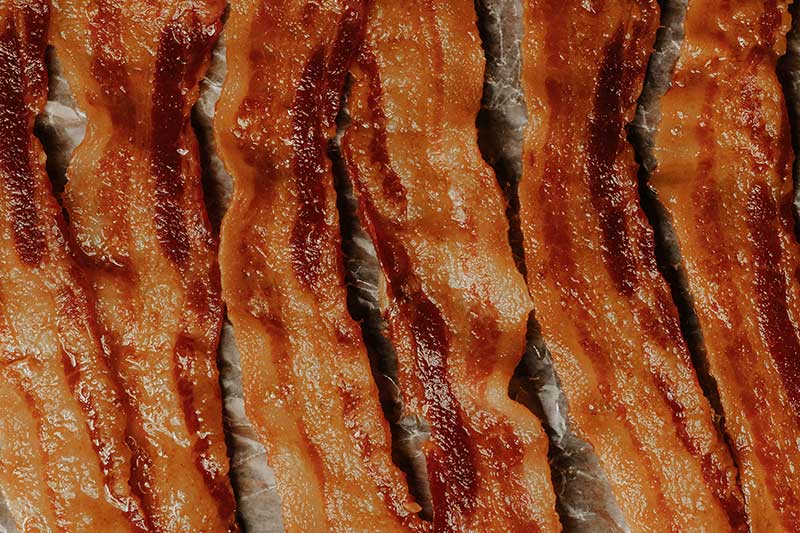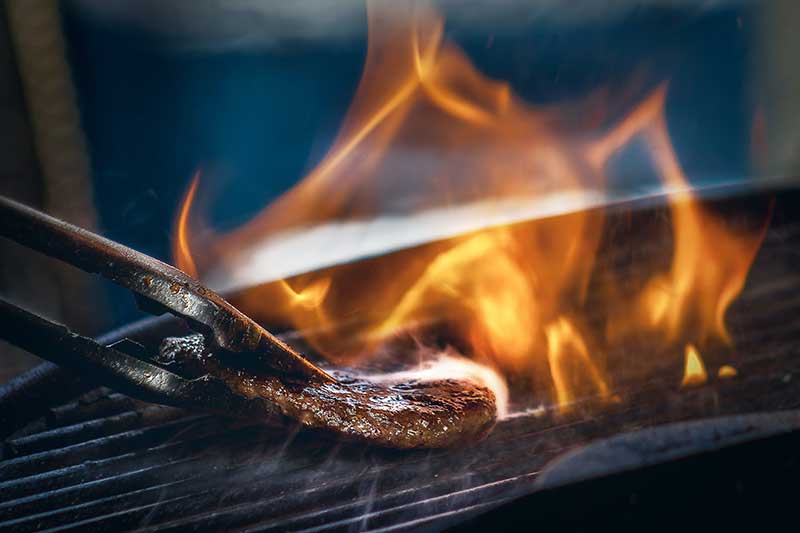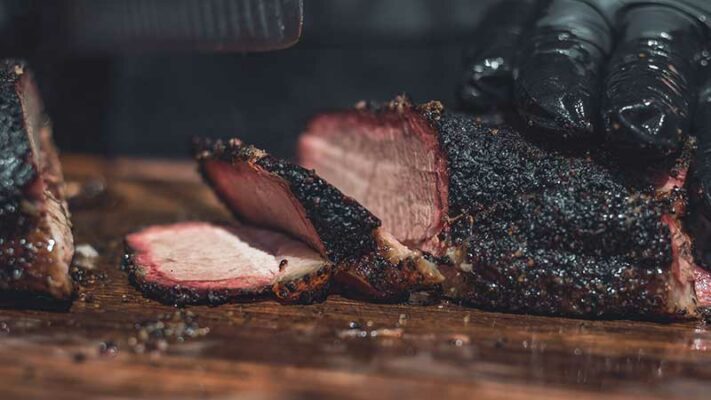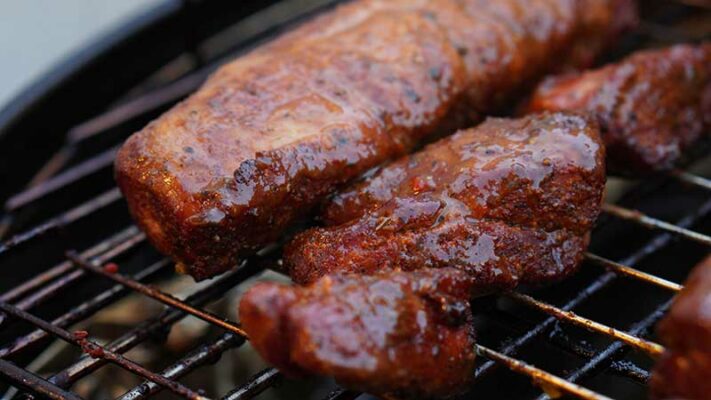The customer service team is always listening, taking notes, and quantifying complaints to ensure our products are continually improved. Due to selling directly to you, the customer, via Amazon, we can use product reviews to help us improve our existing products or help further development of new products.
Table of Contents
Adding smoky flavor to any food creates a taste like no other, but did you know there’s more than one way to do it? What is the difference between hot smoking and cold smoking meat? How can these methods be used safely? Let’s follow me to know more about it!
Hot and Cold Smoking Definition
When it comes to smoking foods, you have two main options – cold smoking or hot smoking. Most people are familiar with the latter, using low cooking times for hot smoking salmon, chicken, pork, and other meats for an extended period, letting the meat practically fall apart with big flavor. Hot smoking usually takes hours, sometimes cooking all day.
Cold smoking, on the other hand, is a way to preserve the meat. Whether you are cold smoking cheese, salmon, bacon, or any other meat, the process primarily infuses the food with flavor. Any food you cold smoke will need to be cooked before serving, as it is still raw. The process can take a much longer time that hot smoking, taking as little as two or three days or as much as a few months, depending on the food and how you want to cure it.
The main difference between these two processes is the temperature. There are many people that debate about what temperature actually separates the two. Paul Kirk, the “Kansas City Baron of Barbecue,” says that cold smoking is below 100 degrees Fahrenheit, founder of Girls at the Grill and author of Taming the Flame: Secrets for Hot-and-Quick Grilling and Low-and-Slow BBQ Elizabeth Karmel is a little broader. She says cold smoking can be anywhere between 90- and 120-degrees Fahrenheit. If you think you can control the temperature well, you can ask digital food thermometers for help!
Hot smoking temperatures are a little more clear-cut since bacteria can breed at a rapid pace if the temperature goes below 140 degrees Fahrenheit. Generally, hot smoking has to be done between 165- and 185-degrees Fahrenheit. Karmel recommends pushing the temperature to as high as 300 degrees Fahrenheit, as it helps to liquify fat and keep meat tender.

Differences Between Hot Smoking and Cold Smoking
To make the decision over whether you’re hot smoking or cold smoking meat, there are a few factors to consider. Apart from the temperature differences mentioned above, you also need to consider the smoking procedure, cooking times, and other details to make your decision. For instance, hot smoking your meats both cooks and smokes the food simultaneously. However, cold smoking requires curing beforehand and is used to absorb the smoky flavor.
While the debate over temperature continues (as referenced above), you need to decide how much time you want to take while hot or cold smoking meat. Hot smoking is a “low and slow” process, but the time can vary. In general, it takes at least five hours to hot smoke a large meat roast or even four hours for a whole chicken. A cut of this meat, like a duck or chicken breast, would be about one to two hours. Cold smoking cheese or meat is a longer process, taking about one day to a month on average.
Flavor is one of the determining factors of choosing between hot or cold smoking, and the wood chip chosen can influence it. Many experts find the wood of fruit trees, like cherry and apple trees, to be favorable, but the flavor of hickory, oak, and maple wood chips are also favorites. Hot smoking allows the meat to have a more subtle flavor from these chips, while cold smoking penetrates meat with greater ease, ensuring the full flavor of the selected wood chips.

How to Do Hot Smoking?
Hot smoking bacon, chicken, or any other meat starts with getting your smoker ready, though the process can sometimes vary between equipment. Start by choosing your desired wood chips and adding them to your smoker. There will be a lot of smoke created with this process, but you will need to burn of the chemical residues from it, if it has never been used. Let the fire cool down and leave the air vents half-open to release the chemicals. The process takes about three hours, but it is worth the wait for a good meal.
After the chemical residue is gone, you get to choose the wood smoke flavor you want to infuse into your meat. The universal woods include apple, grape, and cherry wood, which offer a mild and sweet flavor, while hickory and maple give a more classic smoked flavor. The smoke can be regulated with air vents if your model has them built-in, which can increase temperature and the burning rate of the wood chips.
The smoking process causes a lot of browning on the inside of the smoker, which is why a water pan is recommended. There are some smokers that require separate purchase of a water pan but keeping it in the smoker will help seal in moisture and prevent a horrible cleanup. If you don’t put water in the pan, you can achieve hotter temperatures for shorter cooking time.
How to Do Cold Smoke?
Just like with hot smoking, you need a clean grill grate before putting any food on it. Use a grill brush to get rid of any food resident and wipe it down with a cool damp cloth. If you clean the grill while the smoker is hot, you need to give it a chance to cool down before starting the smoking process.
After the smoker is clean, it is time to add the wood and charcoal. You want to keep heat low with a lot of smoke, so you will only need minimal charcoal. Wood chips are often preferred over wood chunks, as they will need less heat to create the smoldering smoke desired. Typically, you can place two cups of wood chips over three lit charcoal briquettes, but this ratio may vary for your particular model.
Cold smoking meat or cheese of any kind requires careful control of the temperature. Maintain airflow throughout the process to prevent the air from becoming stale and ruining your food. This airflow also helps the coals to keep smoldering throughout the process.
Is Cold Smoking Dangerous?
Since any perishable food needs to be kept at a certain temperature, there are certain risks that come cold smoking meat and cheese. For meat specifically, cold smoking keeps it at the “Danger Zone” for growing bacteria for quite a while, but this can be avoided by choosing a trustworthy butcher or fishmonger, and by salting and curing the meat before starting.
Furthermore, it is possible that all parasites in meat will not be killed with cold smoking, as they would with hot smoking. The risk of E. coli exposure is high, so keep a close monitor of the smoking temperature and always cook meat before serving. Still, considering the delicate methods required with cold smoking, anyone that has an impaired immune system – chronic illness, pregnancy, etc. – should avoid this method entirely, if they want to completely protect themselves.
Useful Tips for Cold Smoking Safely
Whenever you use cold smoking, your top priority needs to be safety. A food thermometer is a staple in this process, allowing you to make sure your meat and cheese aren’t at risk for bacteria. Always make sure to keep the temperature below 100 degrees to be on the safe side. Here are some thermometers you can choose if you want one.
With a ThermoPro Food Thermometer, you just press the power button, insert it in the food, and remove when the temperature reaches the desired level. As long as you clean the thermometer between uses, this tool could end up being the most important accessory to cold smoking meat and cheese safely.









